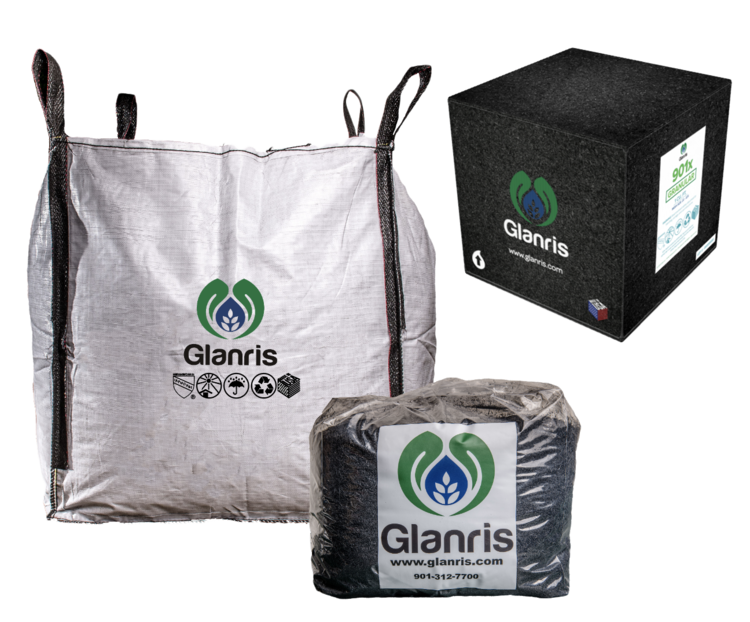Glanris has received NSF/ANSI/CAN 61 certification of its 901x Biocarbon by the International Association of Plumbing and Mechanical Officials (IAPMO). Municipalities and manufacturers of filtration systems for potable water now gain access to a low cost, sustainable filtration media that removes metals as well as organic contaminants.
CEO, Bryan Eagle said: “This is an exciting time for Glanris. Receiving our NSF/ANSI/CAN 61 certification from IAMPO will open the door to a world of new opportunity in the residential and drinking water markets. Now we can properly introduce a technology that, at scale, has the potential to change the trajectory of the climate crisis. Glanris and our partners will have a positive, lasting impact on the industry, as well as the future of our planet.”
Glanris is a circular economy solution converting the world’s largest agricultural waste product – rice hulls – into water filtration media. These hulls are typically burned or left to rot, both of which produce gigatons of greenhouse gases annually. Instead of burning them, Glanris’ patented process converts rice hulls to Biocarbon that will sequester carbon for hundreds to thousands of years
Glanris’ 901x biocarbon removes organic and dissolved metal contaminants, operates in a wide pH range, doesn’t use harmful chemicals in the production process and does not foul in the presence of oils and grease. Unlike ion exchange resin beads, it does so without the use of microplastics, a major contributor to water pollution and the deterioration of natural ecosystems.
With this NSF/ANSI/CAN 61 certification, Glanris media can now be sold in bulk for municipal water treatment and for testing in applications ranging from point-of-entry to point-of-use, including familiar products such as filtered water pitchers and refrigerators with built in water dispensers.
Eagle added: “As the UN’s climate report revealed, it’s critical that we as a society make some big changes to slow the effects of climate change, and we need to do it quickly. Our product has the potential to drastically reduce the amount of CO2 typically released into the atmosphere, and the best part, everyone is able to join the effort without changing behavior. It’s a very powerful tool we’re excited to share.”
Do you have an article that you would like to share? Submit your article here or keep up with the latest news from the water industry and wastewater industry by subscribing to our weekly newsletter.







